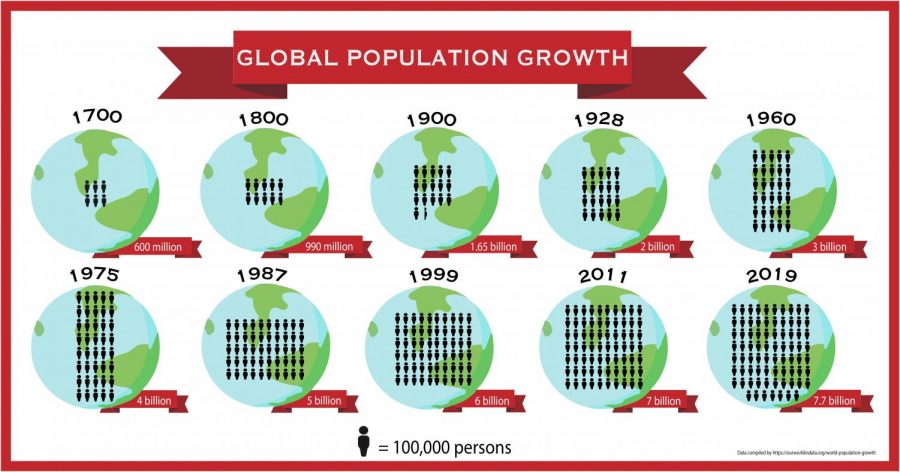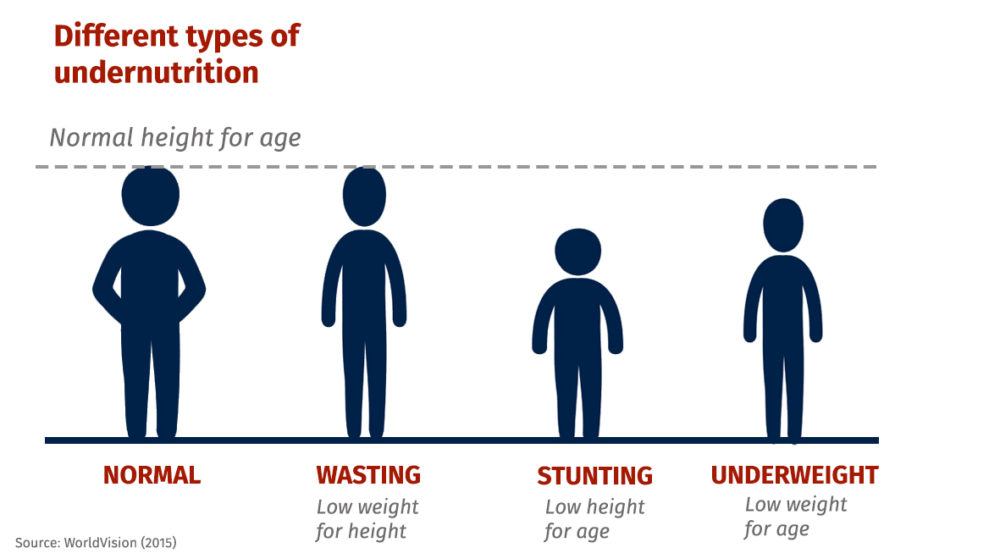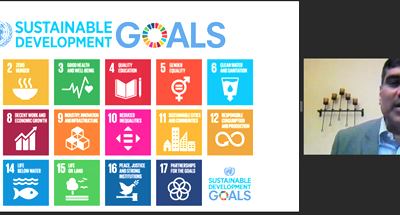Social Issues & Initiatives
Overpopulation must be well incorporated with the SDG agenda 2030
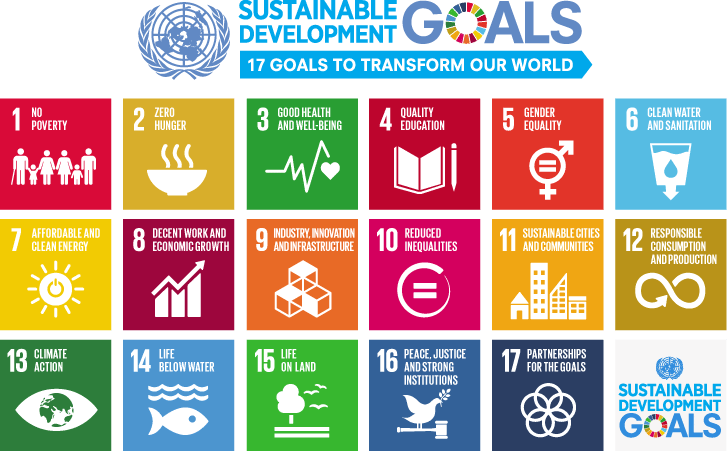
- Dr. PR Sodani, President, IIHMR University Jaipur, Dr. DK Mangal, Professor IIHMR University and Advisor, SD Gupta School of Public Health, Dr. Dhirendra Kumar, Professor and Dean at IIHMR University Jaipur were the panelists.
- Dr. Shrikant Singh, Professor, International Institute of Population Scientist Mumbai was the keynote speaker.
-
Overpopulation a challenge to achieve health indicators or goals – Dr. PR Sodani, President IIHMR University shared insights.
- IIHMR University organized this session to throw some light on the theme of population, overpopulation, and health-related issues and population control bill 2020 that is proposed in India.

Top Left to Right – Dr. Shrikant Singh,Professor, International Institute of Population Scientist Mumbai and Dr. Dhirendra Kumar, Professor and Dean at IIHMR University Jaipur
Botttom Left to Right- Dr. PR Sodani, President, IIHMR University Jaipur and Dr. DK Mangal, Professor IIHMR University and Advisor, SD Gupta School of Public Health
Dr. D. K. Mangal, Professor, IIHMR University, addressing this issue mentioned that it has taken hundred & thousand years for the world’s population to grow up to 1 billion and just 200 years to grow by 7 folds and by 2011 the global population reached the 7 billion mark.
 Today the global population stands at 7.7 billion. It is expected that the growth of the population will be 8.5 billion by 2030 and 9.7 billion by 2050 and by the turn of the century the global population will be around 10.9 billion.
Today the global population stands at 7.7 billion. It is expected that the growth of the population will be 8.5 billion by 2030 and 9.7 billion by 2050 and by the turn of the century the global population will be around 10.9 billion.
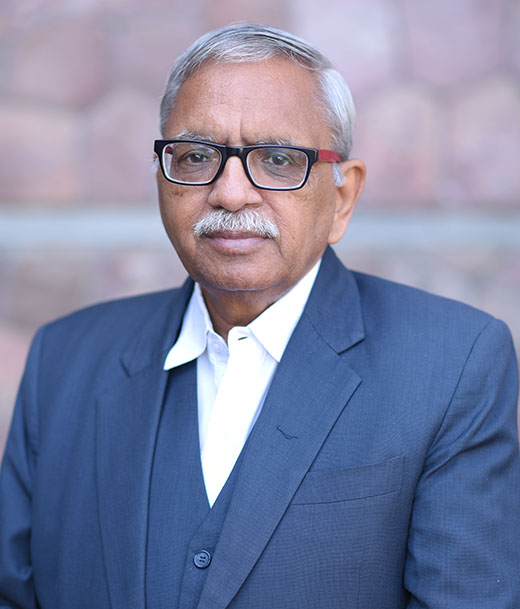
Dr. DK Mangal, Professor IIHMR University and Advisor, SD Gupta School of Public Health
Dr. Mangal expressed that, “The growth of the population was largely driven by the number of people surviving in their productive age groups, accompanied by major changes in the fertility rates, increasing urbanization and accelerating migration.”
“These trends will have far-reaching implications for generations to come. In the recent past, we have seen enormous changes in fertility rates and life expectancy across all countries.
Overpopulation and SDG
Around 1970 on average a woman had 4.5 to 5 children, while in 2015 the total fertility rates across the globe have fallen to 2.5% and during this period the life expectancy has increased from 65 years in the early ’90s to 73 years in 2019.
Currently, there are more people residing in urban areas than in rural areas. All these changes have far-reaching implications as they affect economic development, they affect employment, income distribution, poverty, and social practices.
These factors also affect efforts to ensure at least minimal access to healthcare, education, housing, sanitation, water, food, and energy.”, He continued further.

Dr. PR Sodani, President, IIHMR University, Jaipur
Dr. PR Sodani, President IIHMR University spoke on the concerns relating to the population growth, its implications on health, economic development and socio-political context, and its impact on the quality of life and SDG agenda of the country.
Dr. Sodani, President, IIHMR University Jaipur said, “IIHMR University as a higher education institution especially in the area of health, has played a key role in supporting various initiatives laid by the Government and other institutions in policymaking and policy goals. Population issues can be connected with economic development.”
“Overpopulation is a challenge while meeting needs, balancing the distribution of services, policy formulation where the policy frameworks must be done for the entire population irrespective of the geographic spread and economic strata.
Overpopulation is a huge challenge to achieve the health-related indicators/goals specified in the National Health Policy and SDG’s agenda that is set by the Govt. of India and the Global partners.”, He continued.

Dr. Sodani further expressed how health is being affected by overpopulation. He elaborated on the health-related policy programs that must be integrated into the issue of population and related areas.
Higher population growth influences the IMR, MMR, Child health issues, etc. The overall percentage of GDP on Public Health spending in India is low in comparison to the other countries which is only about 1.2% to 1.3 % of the overall GDP when it must ideally be 2.5% as a standard spending percentage.
Health issues, access, and quality are related to Public Health spending where the lack of resources is a major challenge in the management of CHCs, PHCs, and even the management of the recently planned health and wellness centers.
The issue of overpopulation must be well integrated and aligned with the SDG agenda of the nation.
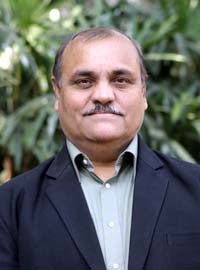
Dr. Shrikant Singh,Professor, International Institute of Population Scientist Mumbai
Dr. SK Singh, Professor, IIPS Mumbai spoke on the Emerging population challenges in India – a policy perspective.
He deliberated on 5 thrust areas i.e Maternal and Child Health situation, Fertility and Family Planning, Prevalence of malnutrition and iodin deficiency among children, Adult Health and non-communication diseases, and multi-morbidity.
He said, “In the last 3.5 decades there has been a drastic change in the focus of our priorities, due to the existing demographic transition with the dominance of structural transition which is coupled with the technological transition.
The emergence of the demographic dividend and the global burden of diseases have shifted our focus. As per the most recent evidence that is emerging as challenges before the country from the data of National Family Health Survey (NFHS5) and longitudinal aging surveys.”
Dr. Singh further added, “Despite rapid economic growth in the past two decades, India is unlikely to meet the required growth in terms of female health or economic growth. Significant incidences of early marriage and childbearing are among the important causes of undernutrition or Anemia.
The three main points to take care of are quality, quantity, and frequency of food especially to kids of 36-59 months. The adverse intergenerational bearing on health, education, and employment has also lead to an inadequate diet.
Maternal, infant, and young child nutrition is often ignored due to less awareness and prevailing poverty in rural areas. We need to spread awareness about it and take measures to avoid girls getting pregnant at a young age.”

Dr. Dhirendra Kumar, Professor and Dean IIHMR
Dr. Dhirendra Kumar, Professor, and Dean IIHMR said, “We are amongst the most skilled people in this world and what makes societies successful is skills and democracy. We have seen a lot of changes in the last 4-5 years and are all set for further reforms with enhancing technology.”
Dr. Kumar said that the population of India is growing and it will touch the 1.45 billion mark (Technical report GoI) by 2026. Although the declared growth from 1981-91 onwards is declining and recorded 17.6% in 2001-2011 from 23.9% in 1981-91.
To make India ‘Aatmanirbhar’ or ‘Self-reliant’, India must adopt the population control policy to achieve population stabilization by introducing Population Control Bill 2020. A draft bill was introduced in Rajya Sabha by having a support from 125 MPs.
Dr. Kumar emphasized that ‘Total Fertility Rate’ (TFR) 2.1, i.e. ‘Two-Child Family Norm’ alone cannot address the sex ratio of the population. So, it is important to ensure that every mother is replaced by her daughter. So, the family should have at least one daughter.
He also addressed the benefits for those who adopt the policy and the consequences for those who do not adhere to the policy, issues related to reproducing rights, illegal sex determination, abortion, son preference, also need to be addressed appropriately”. He said
MEDIA RELEASE



